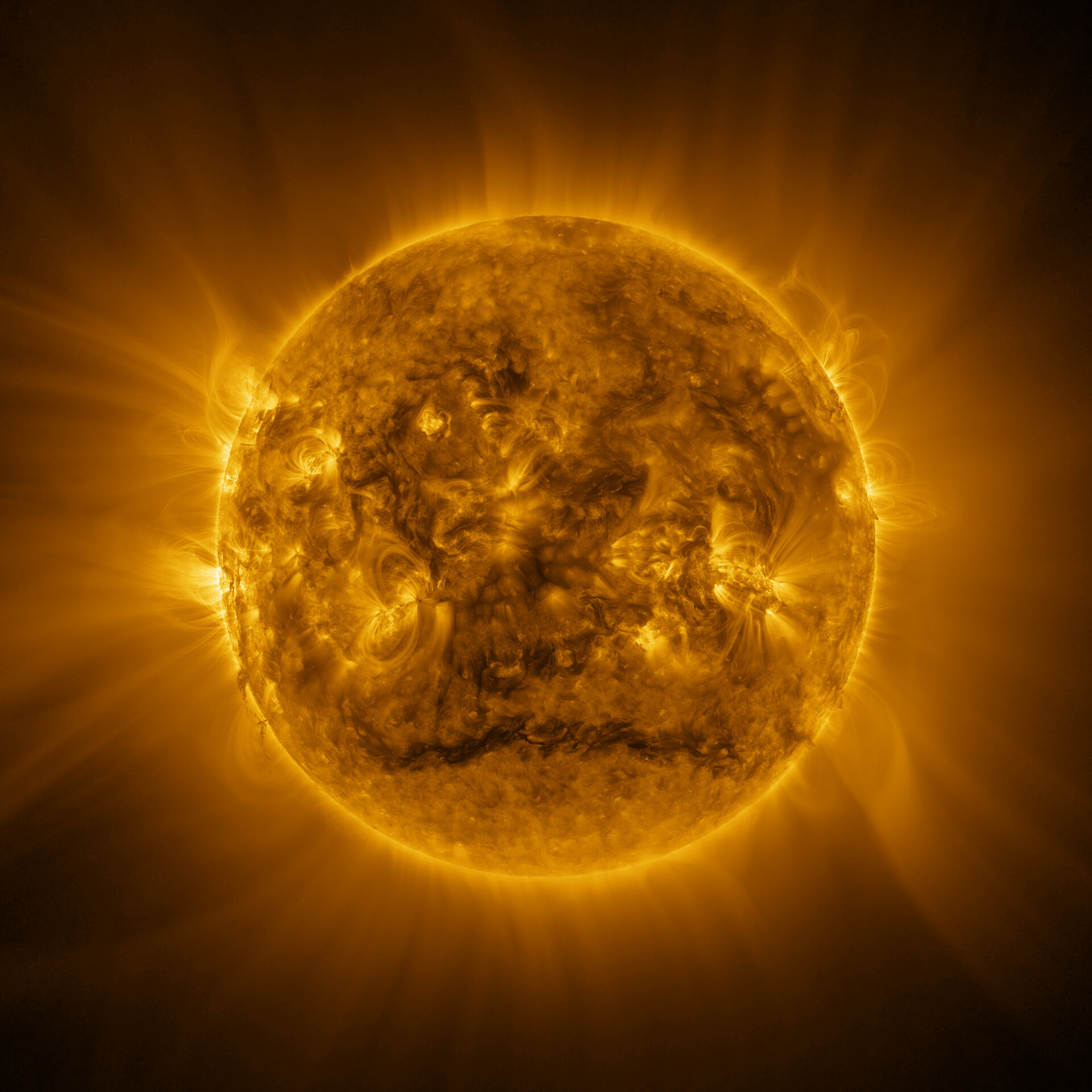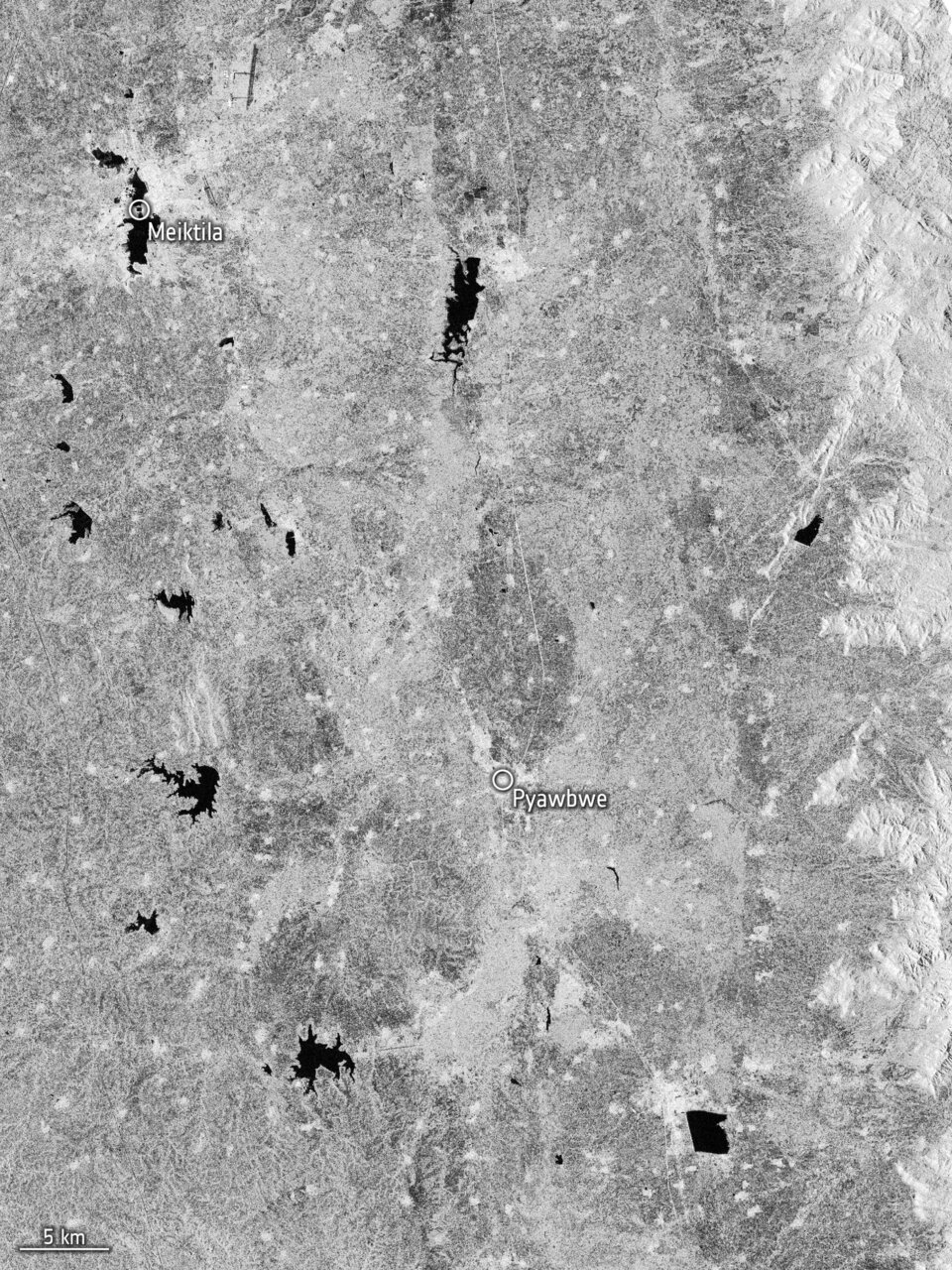Watch this video sharing some of the Hubble Space Telescope’s greatest hits over 35 years. Science matters. Wonder matters. You matter. Join our 2025 Donation Campaign today. Happy 35th anniversary,
Archive for April, 202526- Page
SAN FRANCISCO – German space traffic management startup Okapi:Orbits raised 13 million euros ($14.75 million) in a seed funding round announced April 24. With the new investment, Okapi will expand
WASHINGTON — Katalyst Space Technologies has acquired Atomos Space, a move that combines two venture-funded startups focused on in-space servicing and orbital transfer vehicles. Arizona-based Katalyst completed the acquisition of
BOSTON — Boeing executives said the company is making progress on containing the costs of its CST-100 Starliner commercial crew vehicle, but offered few details on technical work getting the
For 35 years, the Hubble Space Telescope has served as humanity’s tireless eye in the sky, capturing breathtaking views of the cosmos and transforming our understanding of the universe. The
Applications 24/04/2025 684 views 10 likes ESA’s Biomass mission is on the launch pad at Europe’s Spaceport in Kourou, French Guiana. Don’t miss the live coverage of liftoff on Tuesday
The Hubble Space Telescope is celebrating its 35th anniversary in space today, but even as a senior citizen in the spacecraft population, it is showing no sign of slowing down.
View larger. | The Curiosity rover took this image of the drill site location Ubajara in Gale crater on April 30, 2023. This is where the rover found some of
Five years into its mission, Solar Orbiter stuns again with this detailed view of the Sun. What you see is the Sun’s million-degree hot atmosphere, called the corona, as it
Applications 24/04/2025 266 views 4 likes On 28 March 2025, a powerful magnitude 7.7 earthquake struck central Myanmar, sending shockwaves through the region. While the country is still dealing with
-
 012024 in Review: Highlights from NASA in Silicon Valley
012024 in Review: Highlights from NASA in Silicon Valley -
 02Panasonic Leica Summilux DG 15mm f/1.7 ASPH review
02Panasonic Leica Summilux DG 15mm f/1.7 ASPH review -
 03How New NASA, India Earth Satellite NISAR Will See Earth
03How New NASA, India Earth Satellite NISAR Will See Earth -
 04And Thus Begins A New Year For Life On Earth
04And Thus Begins A New Year For Life On Earth -
 05Astronomy Activation Ambassadors: A New Era
05Astronomy Activation Ambassadors: A New Era -
06SpaceX launch surge helps set new global launch record in 2024
-
 07Space Force plans new ‘Futures Command’ amid pressure to speed up modernization
07Space Force plans new ‘Futures Command’ amid pressure to speed up modernization














